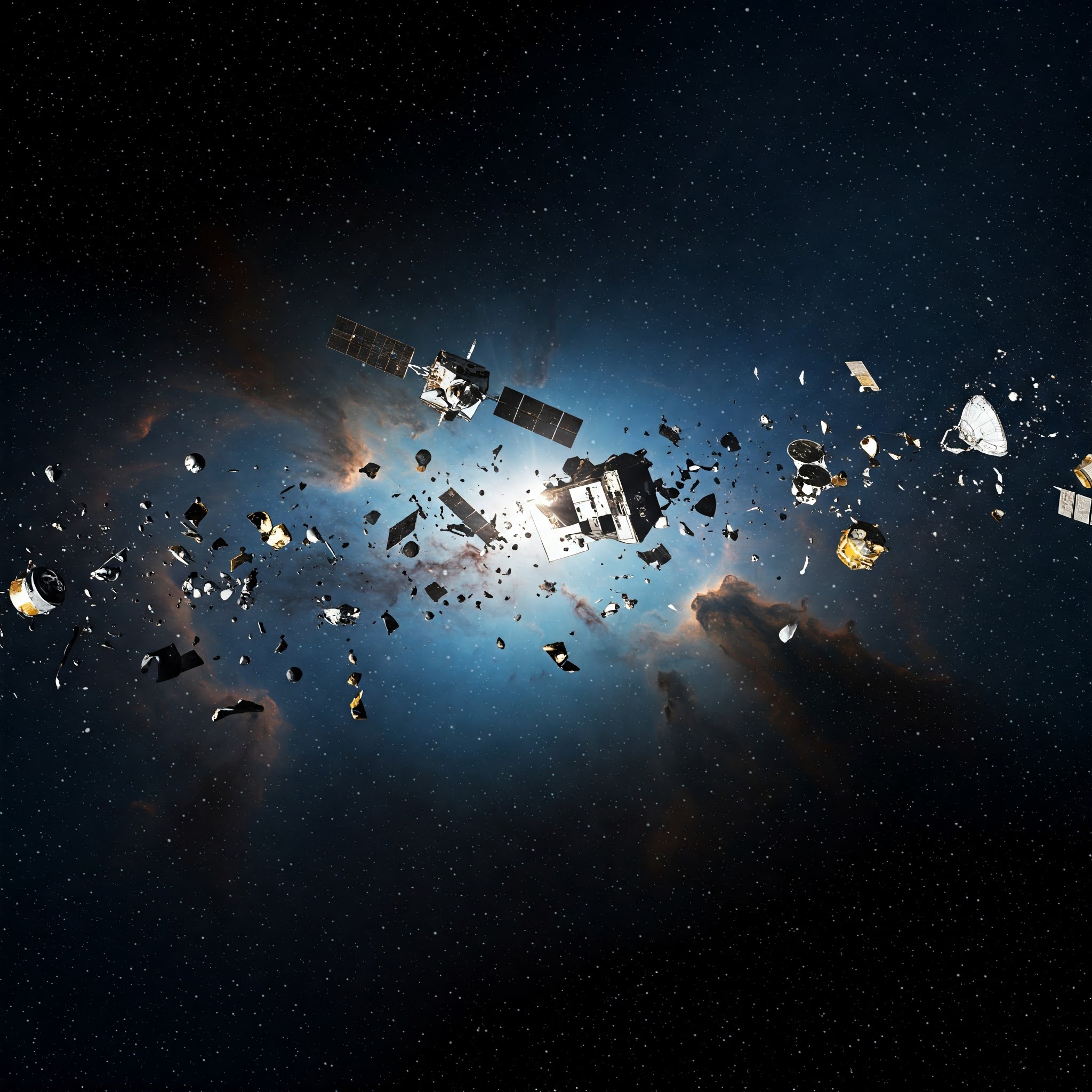
A defunct Soviet-era spacecraft, Kosmos 482, launched in 1972 for a Venus mission, is predicted to reenter Earth’s atmosphere in mid-May 2024. Satellite trackers warn that its heat-resistant design—built to survive Venus’s harsh atmosphere—could allow debris to crash land on Earth.
The Failed 1972 Venus Mission: A Brief History
In March 1972, the USSR launched Kosmos 482 from the Baikonur Cosmodrome in Kazakhstan. The mission aimed to deploy a lander on Venus, but a critical engine failure left the probe stranded in low Earth orbit (LEO). The spacecraft fragmented into four pieces, with two smaller parts reentering over New Zealand days later. The remaining payload and rocket stage, weighing over 1,100 pounds (500 kg), have orbited Earth for 53 years in an elliptical path stretching up to 6,089 miles (9,800 km).
Survival Risks: Built for Venus, Dangerous for Earth?
The Venus lander module was engineered to endure extreme temperatures and pressure, raising concerns that its spherical pressure vessel could survive atmospheric reentry. Satellite expert Marco Langbroek notes the risk, while small, isn’t zero: “The threat parallels a meteorite strike, but localized.”

When and Where Will It Crash?
Current predictions estimate reentry around May 10, 2024, but solar activity complicates forecasts. The Sun’s heightened phase is expanding Earth’s atmosphere, accelerating orbital decay. Final descent paths depend on breakup timing, but statistically, debris is likelier to land in oceans or unpopulated regions.
Tracking Kosmos 482: Challenges and Updates
- Orbital Data: Currently in a 130 x 6,089-mile (210 x 9,800 km) orbit, decaying rapidly.
- Solar Influence: Increased atmospheric drag from solar flares could shift reentry dates.
- Debris Footprint: Potential impact zones span hundreds of miles; exact locations remain unpredictable.
Space Debris Risks: Should We Be Concerned?
While most spacecraft disintegrate upon reentry, Kosmos 482’s robust design poses unique challenges. NASA estimates a 1-in-2,500 chance of space debris harming humans annually—far lower than everyday risks. However, uncontrolled reentries like this highlight growing concerns about orbital clutter and legacy missions.
The Legacy of Soviet Space Exploration
Kosmos 482 is a relic of the Cold War space race, underscoring USSR ambitions to dominate planetary exploration. Though unsuccessful, its design influenced later missions like Venera, which landed on Venus in 1975.
Stay Informed: How to Track the Reentry
Follow updates from satellite trackers like Marco Langbroek and agencies like Aerospace Corporation. Real-time data will refine predictions as the event nears.
Conclusion: While Kosmos 482’s return poses minimal danger, it serves as a reminder of humanity’s orbital footprint. As space agencies prioritize debris mitigation, this 53-year-old probe’s fiery demise offers a chance to reflect on past ambitions and future sustainability.
LATEST
-
The Ultimate Sound Upgrade: Nothing Ear Noise-Canceling Earbuds 2025 Review
Are you ready to step into the future of audio? The Nothing Ear (a)…








